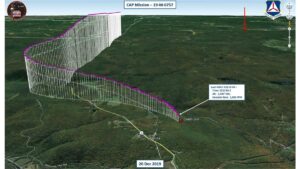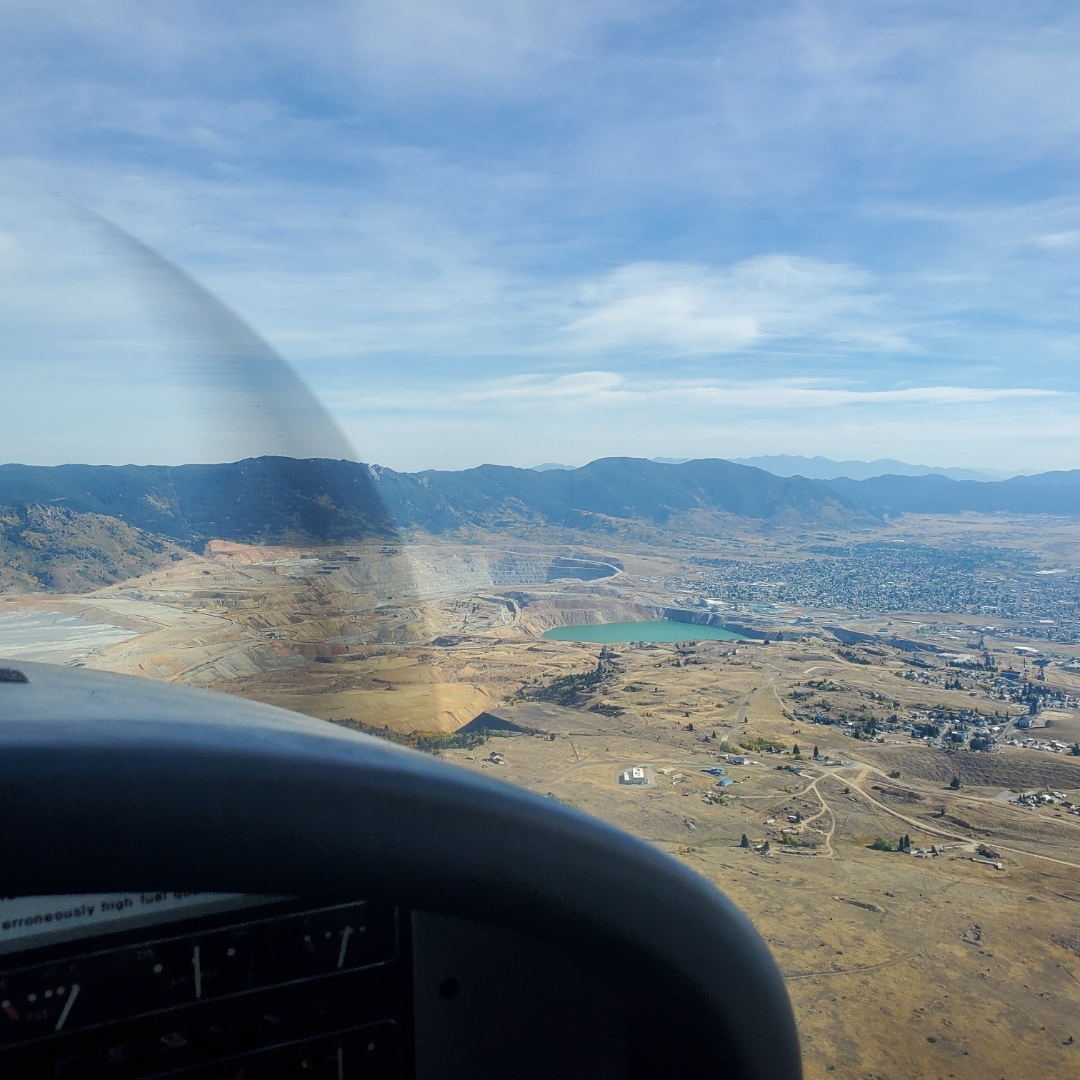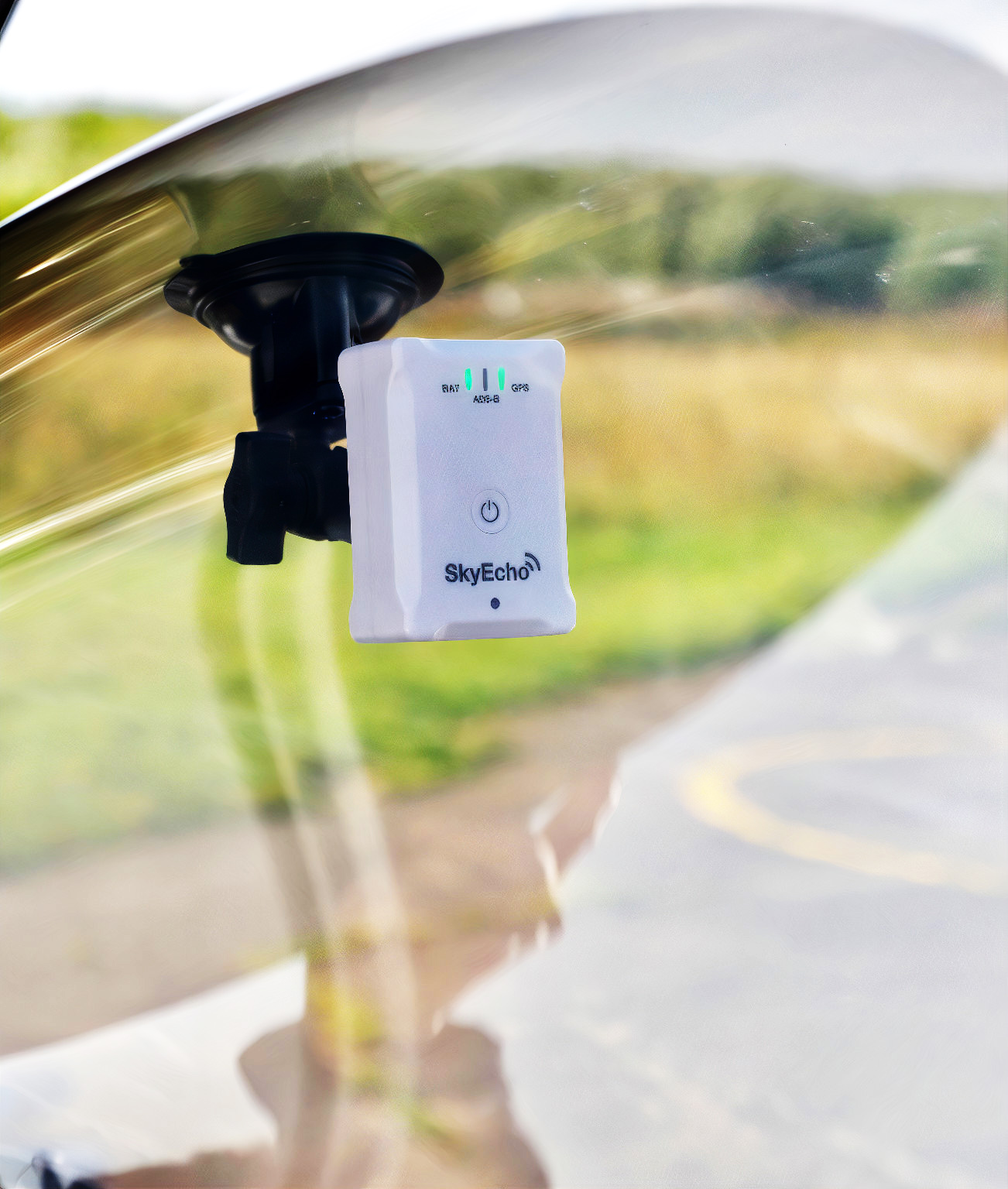Diversity Transponders and Space-Based ADS-B
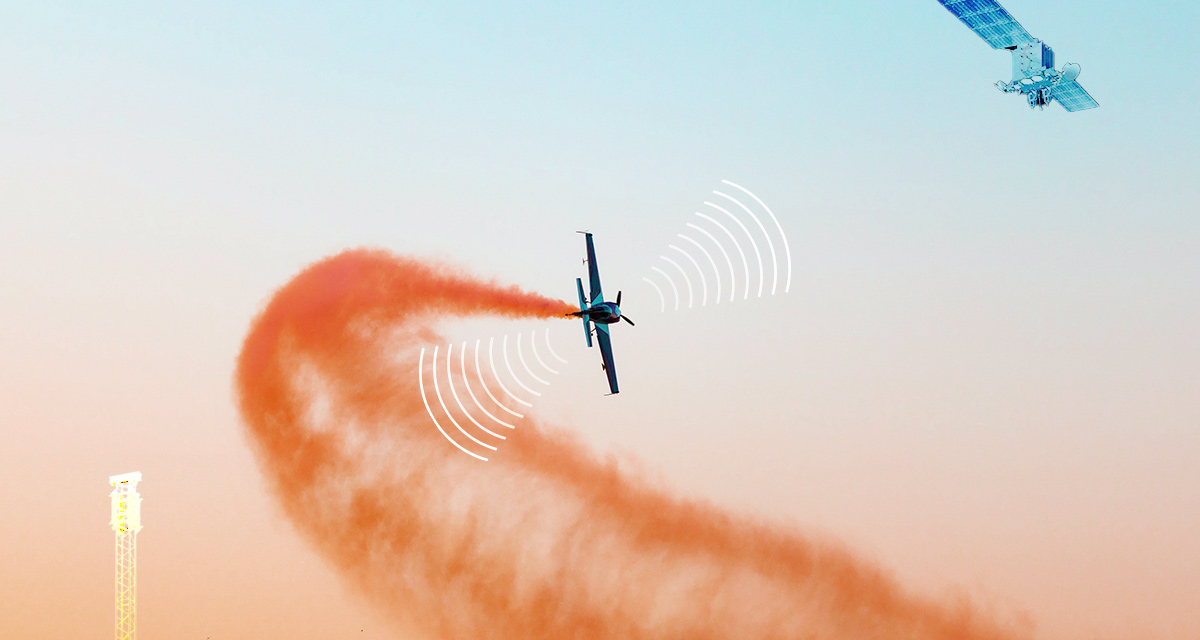
Why Diversity Matters
A typical transponder and ADS-B system for General Aviation (GA) uses a single, bottom-mounted antenna, which provides the best line of sight to ADS-B receivers and secondary surveillance radar (SSR) systems on the ground. However, there is a growing use of space-based ADS-B receivers around the world, which poses a problem for bottom mount antennas, since the aircraft itself can physically block the signal to the satellite.
Aircraft that are equipped with a Traffic Collision Avoidance System (TCAS) happen to mitigate this problem since a TCAS system includes a “diversity” transponder. A diversity transponder has two antennas, one on top of the aircraft and one on the bottom. TCAS isn’t a common piece of equipment for a GA aircraft, so while there are a few diversity transponder options on the market for GA, they are not in widespread use because the cost to purchase is seen as prohibitive.
With space-based ADS-B becoming operational as the sole source of surveillance in vast parts of airspace in countries such as Canada, the UK, Ireland, India, South Africa & Iceland, it enables these countries to leapfrog technology by providing a minimal-ground-infrastructure way to expand or upgrade the air traffic control system. This in turn can drive a requirement for diversity transponders on all aircraft, including GA. This requirement can place a disproportionate cost burden on GA owners to meet these diversity requirements. Diversity transponders targeted for GA usage can run 2-3 times the cost of traditional transponders, plus 2-3 times the installation cost of traditional transponders.
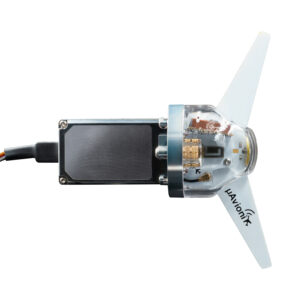
Enter tailBeaconX
uAvionix set out to solve this challenge with the development of tailBeaconX. We asked ourselves, “could we design and certify a transponder that performs as well as a diversity transponder, but doesn’t result in the cost burden that diversity transponders do?” We worked closely together with the user community in the U.S. and Canada along with the Aireon team to test tailBeaconX, which was specifically designed to function not only with traditional ground-based radars and ADS-B receivers but equally perform to the level of a traditional diversity antenna when tracked from orbit. Its dipole antenna pattern, unobstructed by the aircraft fuselage, matches the performance of two separate top and bottom monopole antennas, at significantly reduced equipment and installation cost.
A diversity transponder installation usually involves the installation of the transponder, plus 2 antennas and cabling, plus a GPS receiver and cabling. This can double or triple the cost of installation when compared to a non-diversity transponder. Check out an example diversity installation in this video. Conversely, a tailBeaconX installation uses existing aircraft wiring for power, plus a single serial cable to the control panel, yielding installation costs on par with a non-diversity transponder. Better yet, tailBeaconX is inclusive of the WAAS GPS, removing that cost from the equation, and provides your aircraft with an LED light upgrade, which would run a few hundred dollars on its own
Significant Safety Benefits for Search and Rescue
One of the significant benefits that transponders with diversity performance such as tailBeaconX bring in combination with space-based ADS-B is through significantly improved Search and Rescue (SAR) capabilities and the ability to enhance benefits typically achieved through an Emergency Location Transmitter (ELT).
Since the introduction of a free distress position alerting service (AireonALERT), which enables the ability for ANSPs and SAR authorities to call and generate a “last known position” on suitably equipped ADS-B equipped aircraft, over 40 active events have been aided using pinpoint precision data. Many of those calls came from SAR operators such as the Civil Air Patrol (CAP) in the USA and authorities in Australia and Canada.
One of the clearest examples of the power of using space data for search & rescue was its contribution to a life saved in a ditching near the Bahamas as documented by AOPA. Time is of the essence in these scenarios, and this service significantly reduces search areas. Various other documented examples are available, where the actual accident location varied several miles to hundreds of miles from the last known location without using ADS-B
In June 2016, the Flight Safety Foundation in its June 2016 report said: “Space-based ADS-B will create a global surveillance “blanket” and, with this, an ability to support SAR services globally in retaining position data. The accuracy and update rates should mean that a close to real-time position will be available for all suitably equipped aircraft regardless of where they are in the world.”
The Canadian Owners and Pilots Association (COPA) has publicly advocated for the use of space-based ADS-B with suitably equipped aircraft as an alternative means for compliance to highly debated ELT mandates.
A study conducted by the Canadian Mission Control Centre for SARSAT (Search & Rescue Satellites) indicated that ELTs activated in only 62% of Canadian aircraft accidents where the aircraft sustained substantial damage, similar results have been publicly available from the Australian Transport Safety Bureau (ATSB). Space-based ADS-B in combination with ADS-B transponders that have diversity performance enable realistic alternative means of detecting distress situations or enabling fast search & rescue response or post-incident/accident analysis for owners, operators, and authorities.
Testing campaign and How tailBeaconX’s Performance Stacks Up
With the help of volunteer beta testers and COPA, uAvionix equipped dozens of test aircraft with tailBeaconX prototypes. Over the course of a year, we’ve collected over 1000 flights of tailBeaconX equipped aircraft in the U.S., Canada, and the U.K and several thousand aircraft equipped with other diversity transponders and non-diversity transponders.
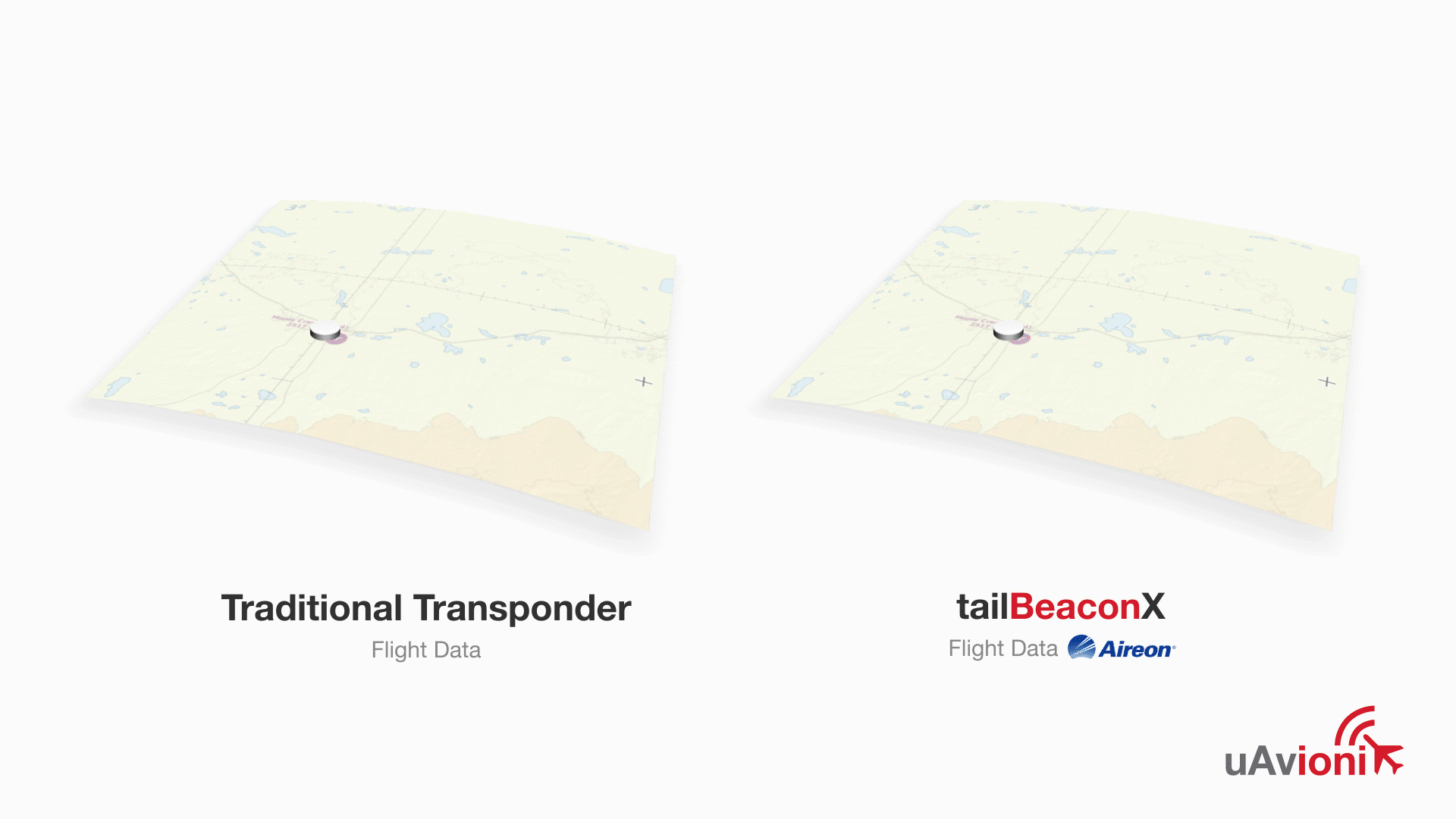
Over 6000 flight segments have been captured and analyzed for performance in comparison to traditional single antenna and existing diversity antenna transponders.
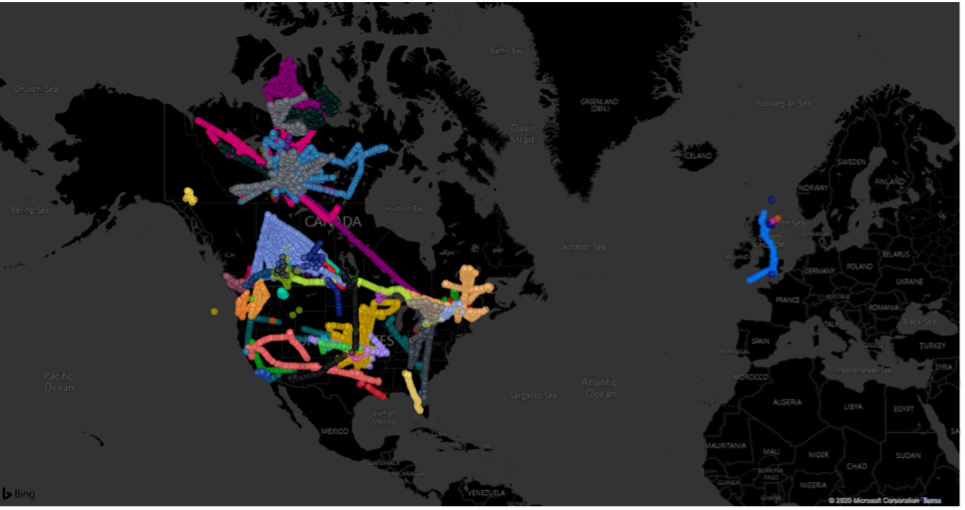
One of the key metrics ANSPs use to measure a surveillance system performance is called the Probability of Update Interval (PUI). A typical update interval used is 8 seconds. Therefore, a PUI (8s) of 50% means that within every 8-second interval, there is only a 50% chance that the surveillance system picked up a new update from a given aircraft.
Let’s look at some real data: The first graphic illustrates a traditional, non-diversity transponder with a belly-mount antenna on a PA-31T2 as seen from space. The results of this flight only show a PUI (8s) of 26.39%. Pretty poor performance, and it is clear to see simply by looking at the updates on a map as compared to an RV-4 equipped with a tailBeaconX.
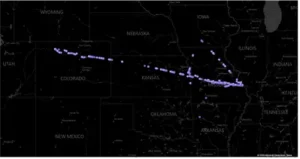
PA-31T2 with traditional transponder and a 26.39% PUI (8s)
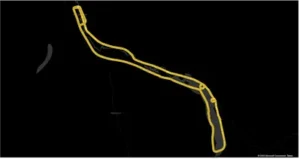
tailBeaconX on RV-4 100%
Lacking a consistent transponder performance, the belly-mount aircraft in this example would likely not meet surveillance requirements in a space-based ADS-B only environment, resulting in most cases in “Radar Service Terminated” or forcing the ANSP to employ “best equipped best served” penalties through altitude or route restrictions or even exclude them from the airspace.
FAA TSO and Supplemental Type Certificate Process
uAvionix has received FAA Technical Standard Order Authorization (TSOA) for its tailBeaconX 1090MHz ADS-B OUT transponder in January of 2021.
The highly integrated device, which replaces a rear navigation light, includes and combines transponder, ADS-B OUT, SBAS GPS, and rear LED position light. The TSOA includes the following:
- TSO-C112e Level 2els, Class 1 (Mode S Transponder)
- TSO-C166b Class B1S (ADS-B OUT Extended Squitter)
- TSO-C145e Class Beta-1 (SBAS GPS Position Source)
- TSO-C30c Type III (Rear LED Position Light)
The Next Era of Safety is Here
tailBeaconX is the next era of global ADS-B compliance, making it affordable to GA operators to enjoy the many safety and operational benefits that ADS-B brings. Designed and built to be compatible with both surface and space-based ADS-B surveillance systems, tailBeaconX offers a Mode S Extended Squitter ADS-B transponder and aviation GPS integrated into an LED rear position light. tailBeaconX is the access key to limitless destinations with the safety of mind of enhanced search & rescue capabilities regardless of the terrain underneath.
Cyriel Kronenburg
Vice President International Development and Strategic Partnerships, uAvionix Corporation
